This site is supported by you, the reader. If you make a purchase through one of my links, I may earn a small commission. Learn more here.
Habitat drives populations. One of the first things you learn as a fur trapper is to spend time in the habitat that best supports the species you’re pursuing. Abundant water and young aspen draw in beaver. Cattail marshes are muskrat magnets. Coyotes like open spaces and the forest/field edges. Marten need mature forests.
As a marten trapper I learned early on to look for stands of older trees to set traps. Naturally I’d try putting in a set most anywhere, but it was the more remote country with older trees that seemed to produce the best results. My early training in wildlife biology reinforced this – studies tracking radio collared marten confirmed that these little cat-like forest weasels never strayed far into the open, presumably for fear of being preyed upon by hawks and owls.
The general rule of setting traps ‘in the big trees’ for marten worked well for quite a while, but over the years things changed, and I found myself pounding the ground with dozens of marten traps that wouldn’t catch a thing. Although I felt I was becoming a more experienced trapper, and I was increasing the amount of effort and number of sets I had out, catch percentages seemed to get worse and worse. I kept records detailing size of traps, type of bait used, general location, and results at each set. I made annual adjustments to all of these details but couldn’t find any real pattern. Some marten trappers I talked with were having similar results, while others continued to produce big catches. I couldn’t figure out why.
A few years ago I started using the OnX Hunt app to navigate on my trap line, mark all of my trap locations, and scout for trapping locations using aerial imagery. The beauty of the app is that it allows you to quickly zoom into and out of an area and identify forest types and roads at varying scales. And when it comes to wildlife habitat, scale can make all the difference.
The forests of northern Maine have undergone quite a change over the last couple of decades, with the timber industry, which owns virtually all of the forest land, increasing the magnitude and intensity of their operations and boosting the volume of logs delivered to the mills. That’s resulted in a younger, more fragmented forest. It benefits some species of wildlife, like moose and fisher, but has the opposite effect on marten populations.
While I continued to set traps in areas of mature forest over the years, what I had failed to do was monitor the overall condition of the forest on a large scale. And that made all the difference.
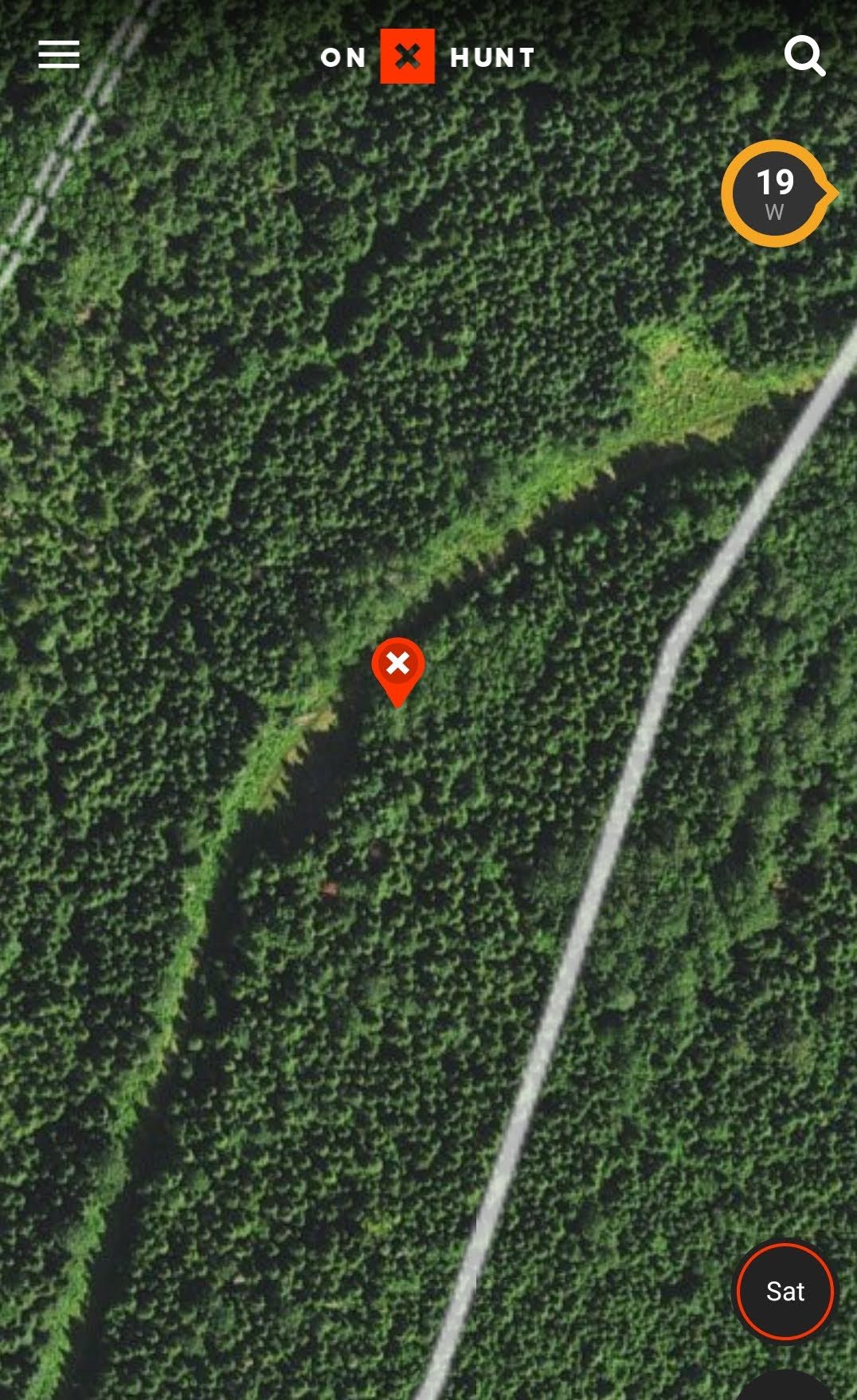
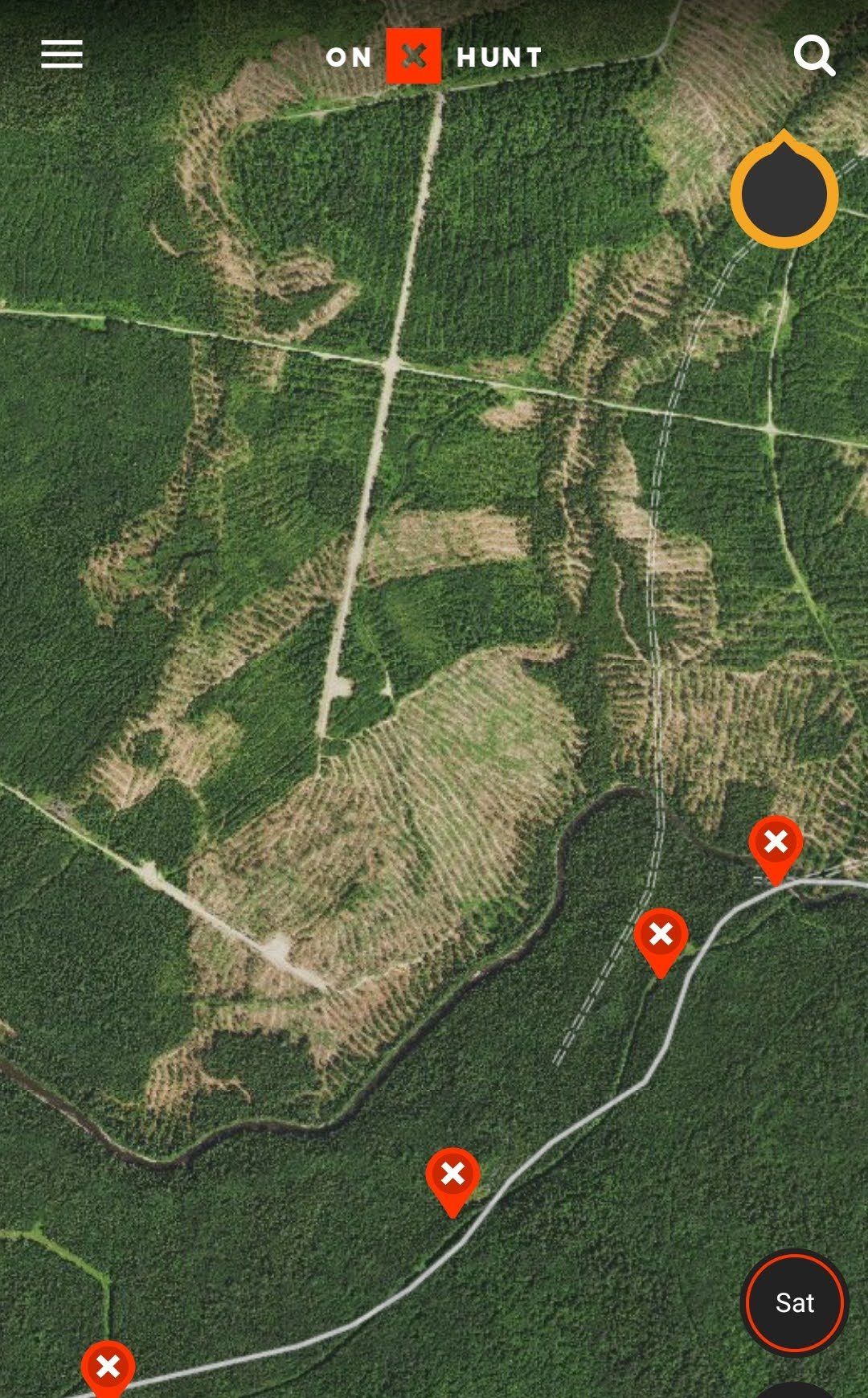
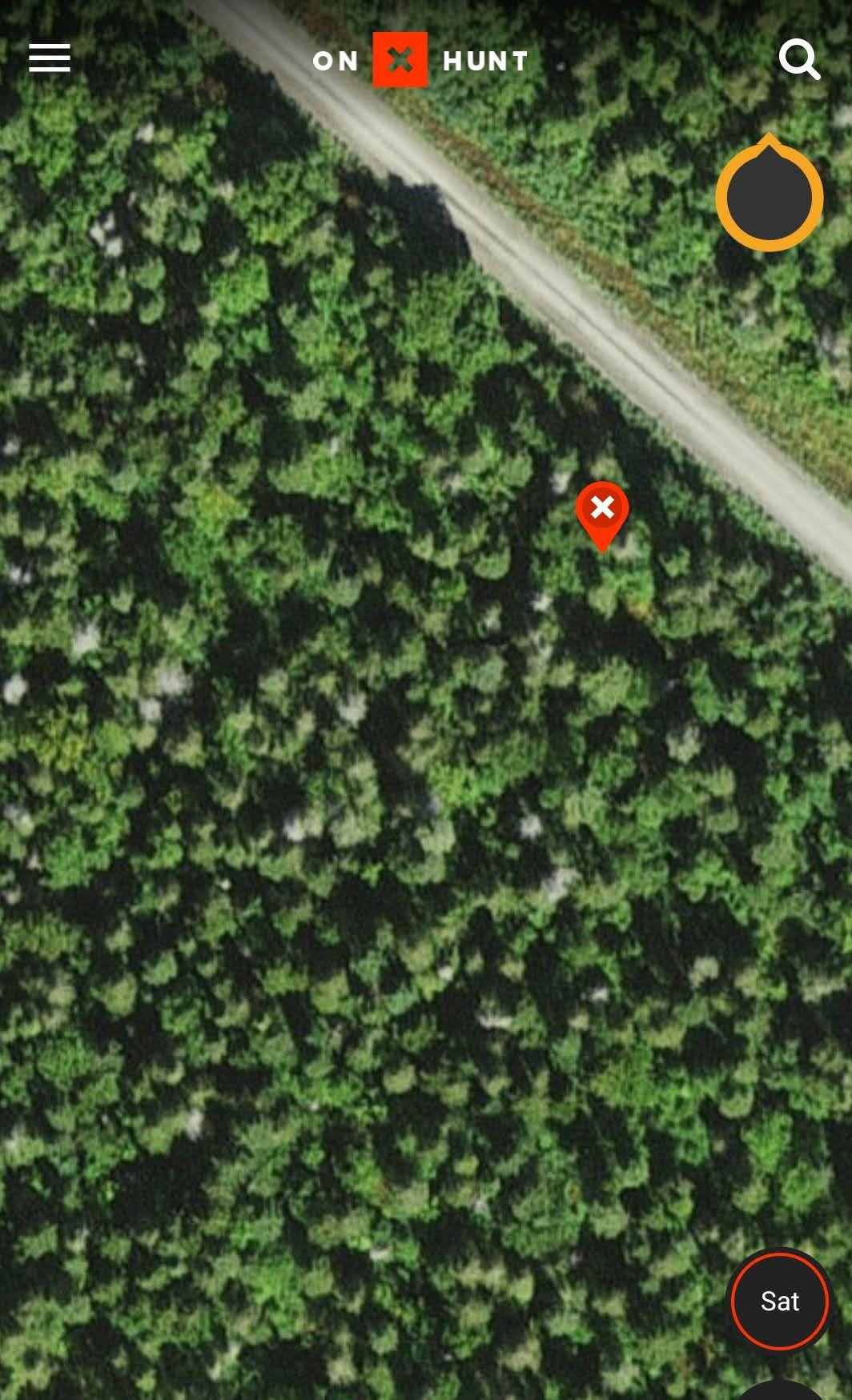
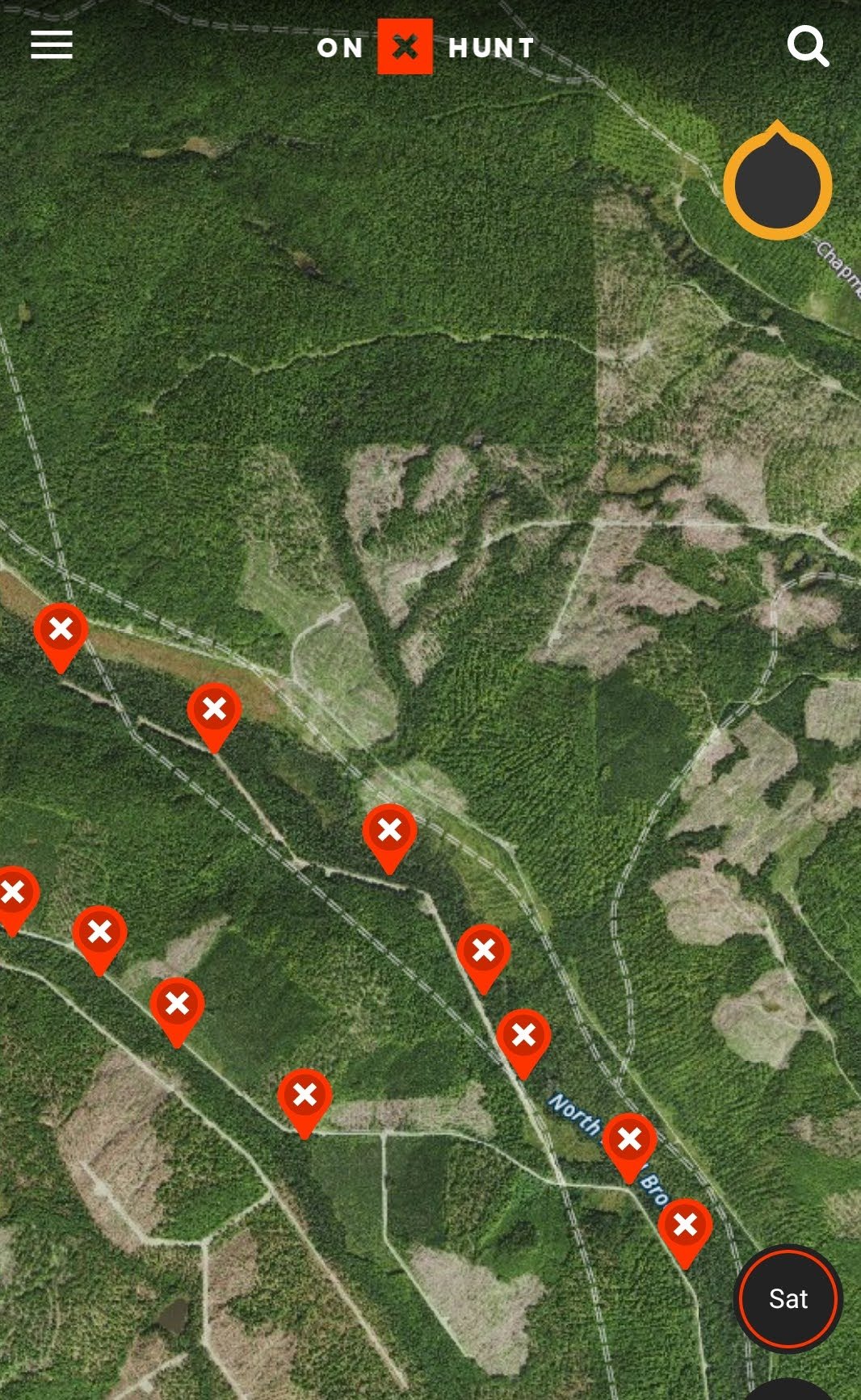
In 2020 I decided to try an experiment. I abandoned the marten trapping grounds I’d frequented the past three years and decided to set up in an entirely new area. I used the OnX app to identify places with few roads, no clearcuts, and older trees with broad forest canopy cover over large swaths of land. I selected a township (36 square miles) owned by a family whose timber management style was different than the land surrounding it, which could be easily contrasted by simply scanning the aerials. I set my traps out on opening day, and in the next two weeks, magic happened.
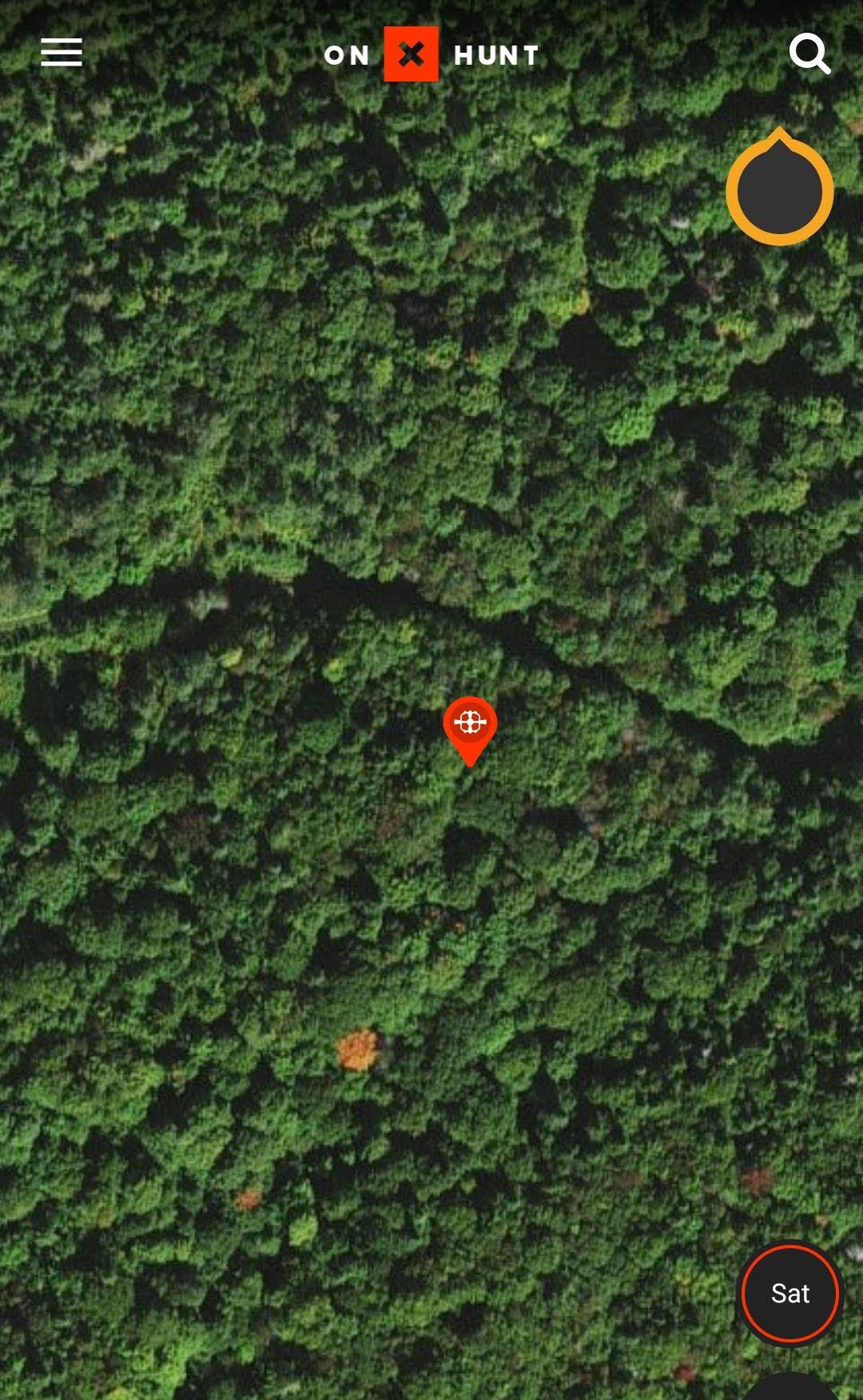
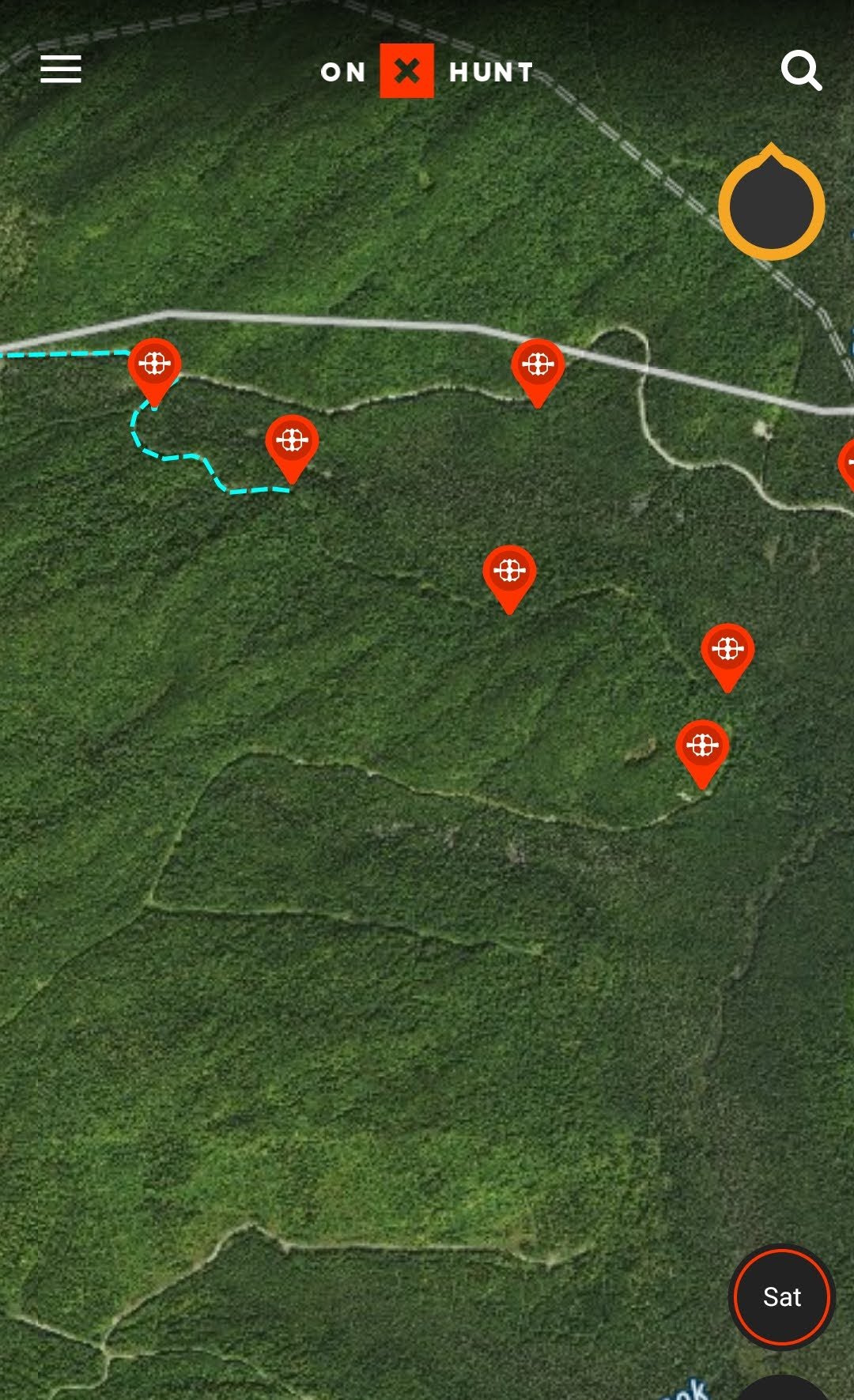
In the previous few years I’d averaged in the neighborhood of 100 – 150 trap nights to catch a marten (1 trap set for 1 night = 1 trap night). My 2020 catch of 25 marten was completed in about 700 trap nights, for an average of less than 30 trap nights per marten. The habitat was all the difference. I’d more than tripled my marten catch rates by selecting the right habitat at the right scale.
There isn’t much folks like us can do to change habitat on private timberland, but we can certainly be more effective fur harvesters by picking the right spots. My 2020 marten experience was an eye opener, and I’m sure I’ll use the knowledge I’ve gained, and the OnX app, to increase my efficiency on the trap line for years to come.
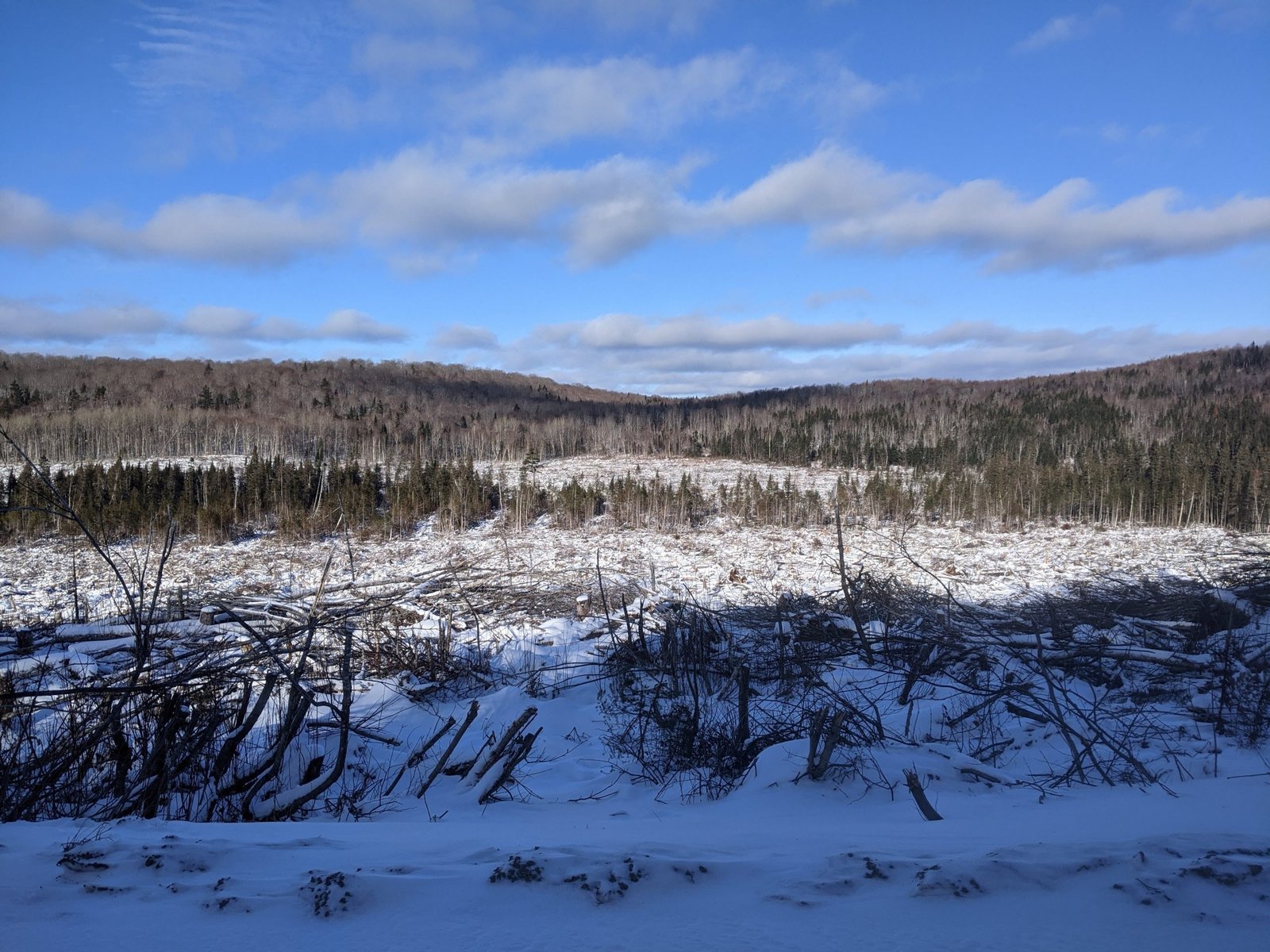
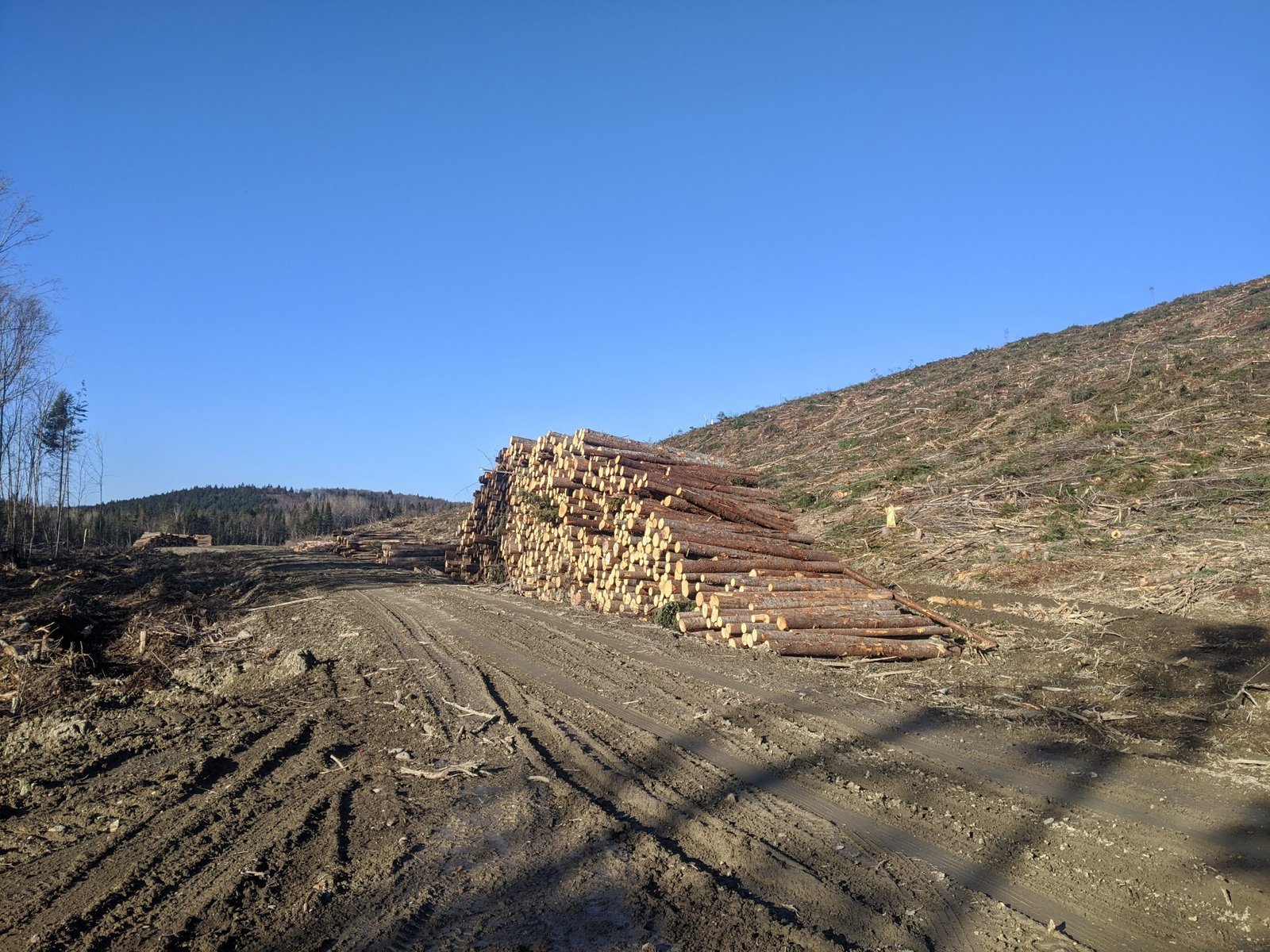
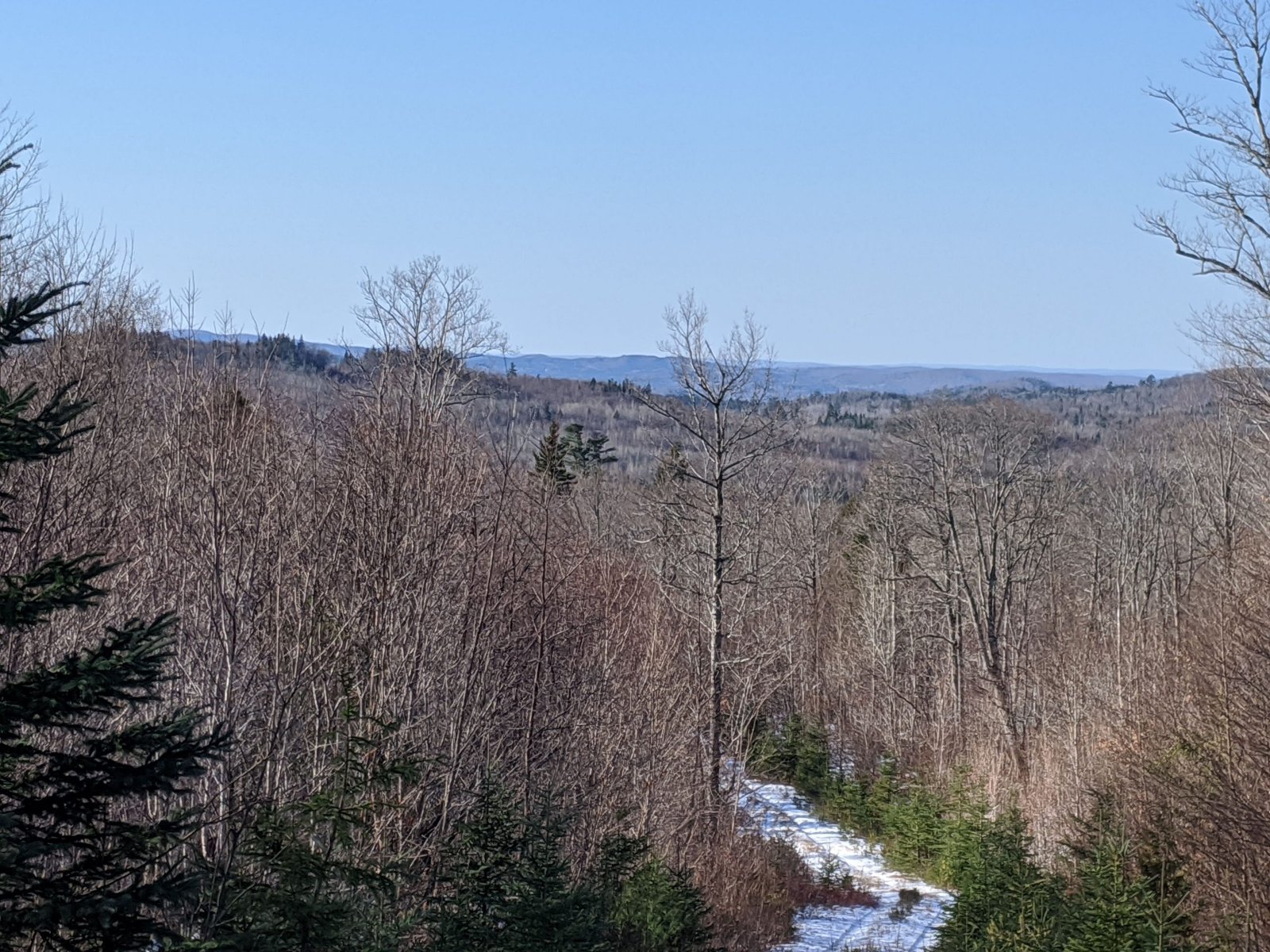
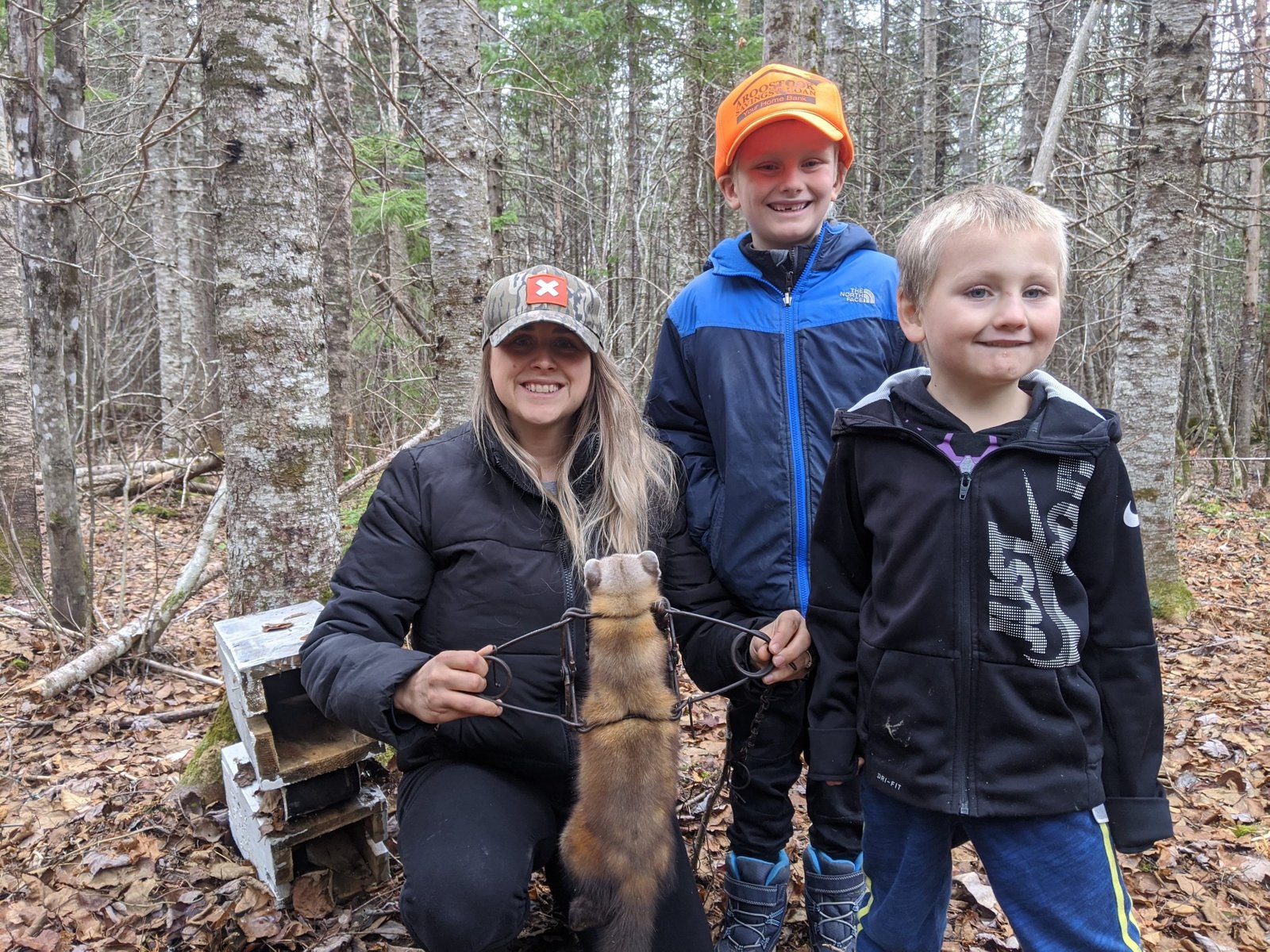
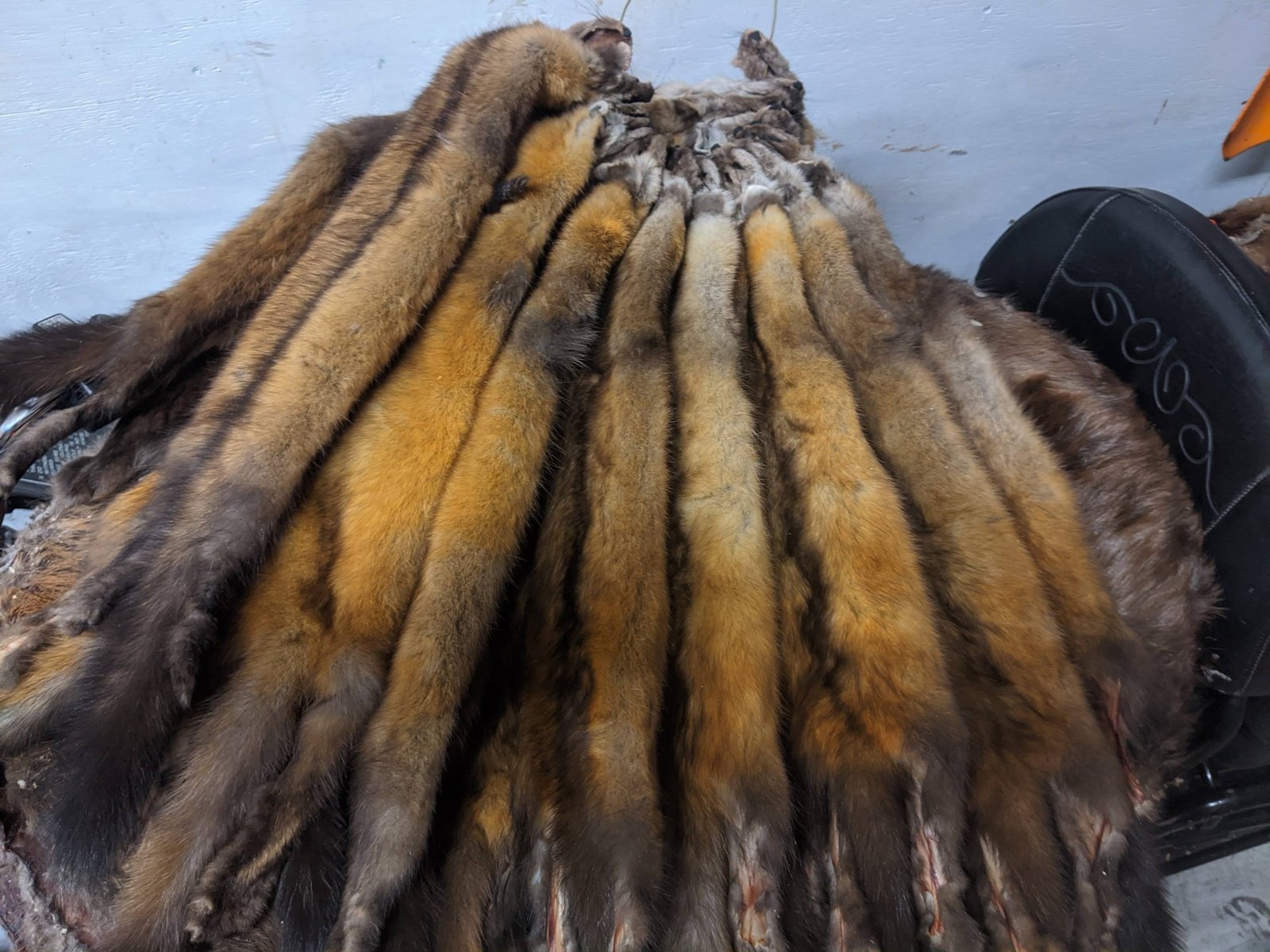
If you want to try the OnX Hunt app on your trap line, check them out at onxmaps.com, and use the promo code ‘TRAP’ for 20% off your first purchase!


Leave a Reply